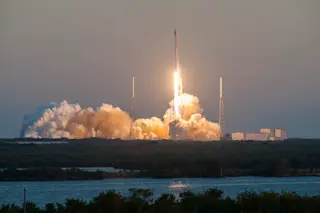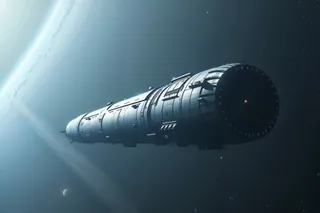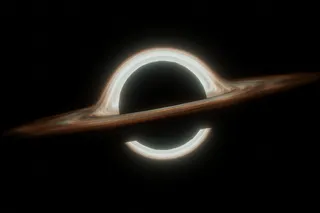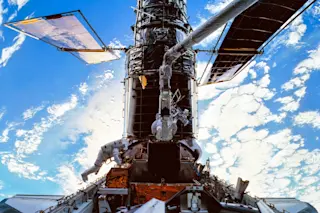Update: SpaceX was forced to postpone its sixth resupply mission just three minutes before launch Monday due to an approaching anvil cloud that drifted too close to the launch site in Cape Canaveral Air Force Station. The next attempt is scheduled for 4:10 p.m. EDT Tuesday.
SpaceX is about to make its second attempt at something that’s never been done in the history of space exploration: Launch a rocket, then land said rocket.
The private spaceflight company is scheduled to launch one of its Falcon 9 rockets, affixed with a Dragon capsule, at 4:33 p.m. EDT Monday from Cape Canaveral Air Force Station, completing the sixth of 12 planned commercial resupply missions to the International Space Station. But the resupply mission, though important, isn’t the main event: Spaceflight fans will be watching to see if the Falcon 9 rocket can autonomously guide itself to a gentle landing back on Earth.
...














